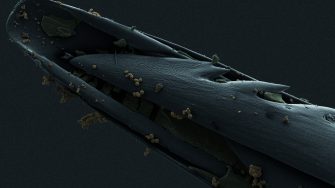New research into bee stingers paves way for next generation of “micro” medical devices
3D scans and reconstructions produced by UNSW Canberra researchers will help develop prototypes for tiny devices that can stay firmly attached to the skin and allow for more targeted drug delivery

